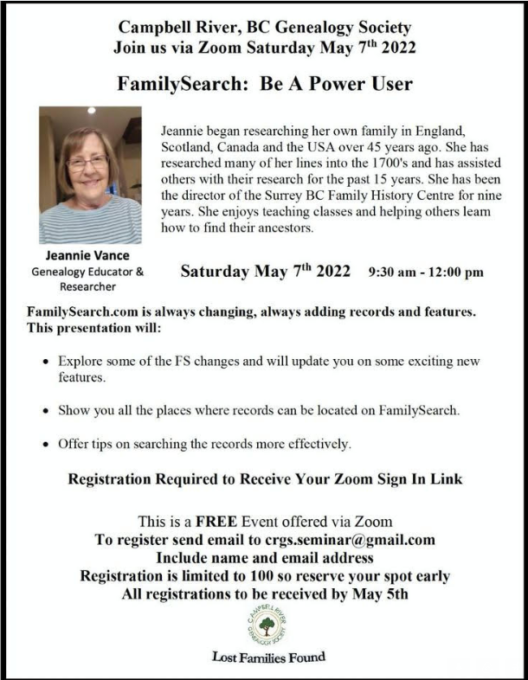The OPL catalogue lists four “genealogy” books published in 2022. Two, for children, one not yet available, will not be mentioned further.
 Ancestor Trouble, A Reckoning and A Reconciliation, by Maud Newton, from Random House
Ancestor Trouble, A Reckoning and A Reconciliation, by Maud Newton, from Random House
Extracts from some of the published reviews
“If Newton’s attempts to connect with the past are unusual, her clear-eyed look at her ancestors’ complicity is nonetheless a valuable and bracing portrait of one American family tree that we know represents many, many more. This is why we look back, and it’s why genealogy can be so powerful — because the past is still with us, because we can’t change the present until we’ve retraced the path that led us here.
The Washington Post
“With the rigor of a historian and the voice of a mystery writer, Newton pulls the reader into a philosophical exploration of trauma and heritage. . . . A magisterial memoir.”
The Observer
Published on 29 March, OPL has 31 holds on 4 copies of the book, 14 holds on 2 copies of the eBook, and 9 holds on 1 copy of the audiobook.

The Match, by Harlan Coben, from Grand Central Publishing
Extracts from some of the published reviews
“richly drawn characters and suspense . . . make a satisfying thriller . . . The ending and switches in perspective in particular feel a bit more thrown together than expected, and Coben’s signature second twist comes a bit out of left field . . . will keep readers turning the pages to the very end.”
New York Journal of Books
After signing up to an ancestry website, his DNA is matched to a second cousin and later with a man who is possibly his father. As Wilde follows up these links, he is left with even more questions about his past. . . An enjoyable enough tale but the manifest danger did not quite deliver.”
Mike in Goodreads
Published on 15 March, OPL has 261 holds on 45 copies of the book with 6 available as express reads, 156 holds on 16 copies of the eBook, and 60 holds on 16 copies of the large print book.

 The FreeBMD Database was updated on Friday, 6 May 2022, to contain 284,959,570 unique records and 284,660,839 at the previous update.
The FreeBMD Database was updated on Friday, 6 May 2022, to contain 284,959,570 unique records and 284,660,839 at the previous update.

 Yesterday I mentioned the book Ancestor Trouble by Maud Newton. Now Myra Jasanoff has published an
Yesterday I mentioned the book Ancestor Trouble by Maud Newton. Now Myra Jasanoff has published an 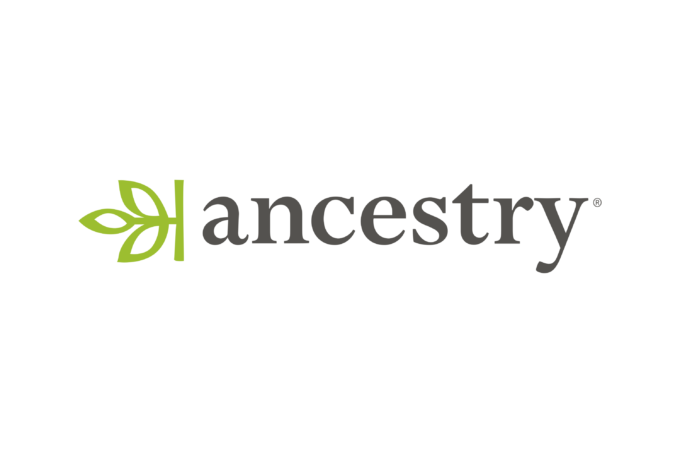 Ancestry has completed an early name index of the entire US 1950 census based on their handwriting recognition technology. Not all fields have been indexed. While verification through FamilySearch continues, Ancestry was confident enough with the handwriting technology quality to release this early version.
Ancestry has completed an early name index of the entire US 1950 census based on their handwriting recognition technology. Not all fields have been indexed. While verification through FamilySearch continues, Ancestry was confident enough with the handwriting technology quality to release this early version.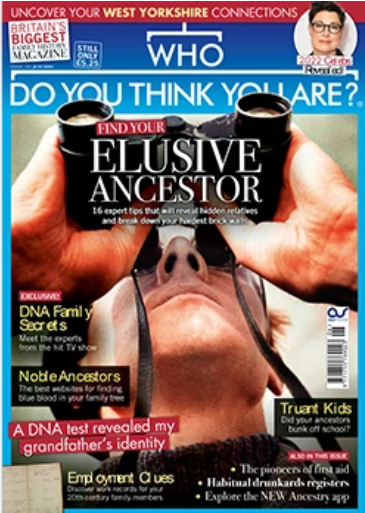 Just out, the June issue:
Just out, the June issue: Ancestor Trouble, A Reckoning and A Reconciliation, by Maud Newton, from Random House
Ancestor Trouble, A Reckoning and A Reconciliation, by Maud Newton, from Random House

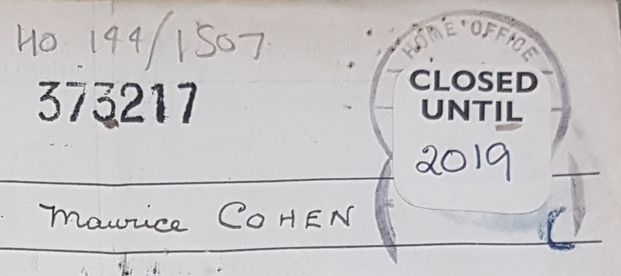 Saturday was a good genealogy day.
Saturday was a good genealogy day.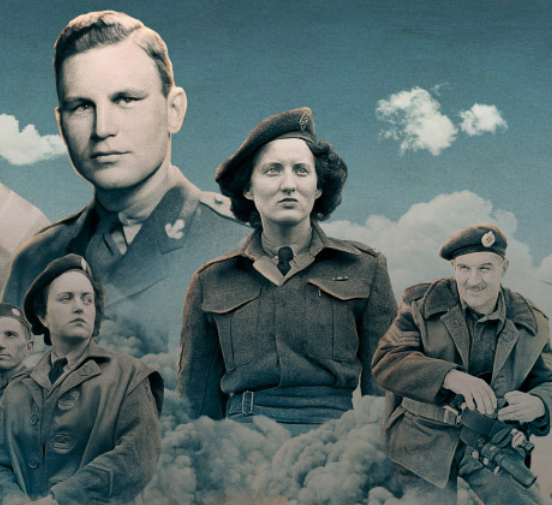 On Thursday, 12 May, from 1 to 2:15 pm, Stacey Barker, Tim Cook, Jeff Noakes, and Michael Petrou from the Canadian War Museum will offer an in-depth examination into Canadian lives forever changed by the Second World War in a free Zoom event. The session is moderated by Mélanie Morin-Pelletier.
On Thursday, 12 May, from 1 to 2:15 pm, Stacey Barker, Tim Cook, Jeff Noakes, and Michael Petrou from the Canadian War Museum will offer an in-depth examination into Canadian lives forever changed by the Second World War in a free Zoom event. The session is moderated by Mélanie Morin-Pelletier. Celebrate May Day.
Celebrate May Day. Another amazing month for the British Newspaper Archive, now with a total of 50,585,003 pages online (49,829,385 last month). That blows past 50 million with the fourth-best month since January 2020.
Another amazing month for the British Newspaper Archive, now with a total of 50,585,003 pages online (49,829,385 last month). That blows past 50 million with the fourth-best month since January 2020.